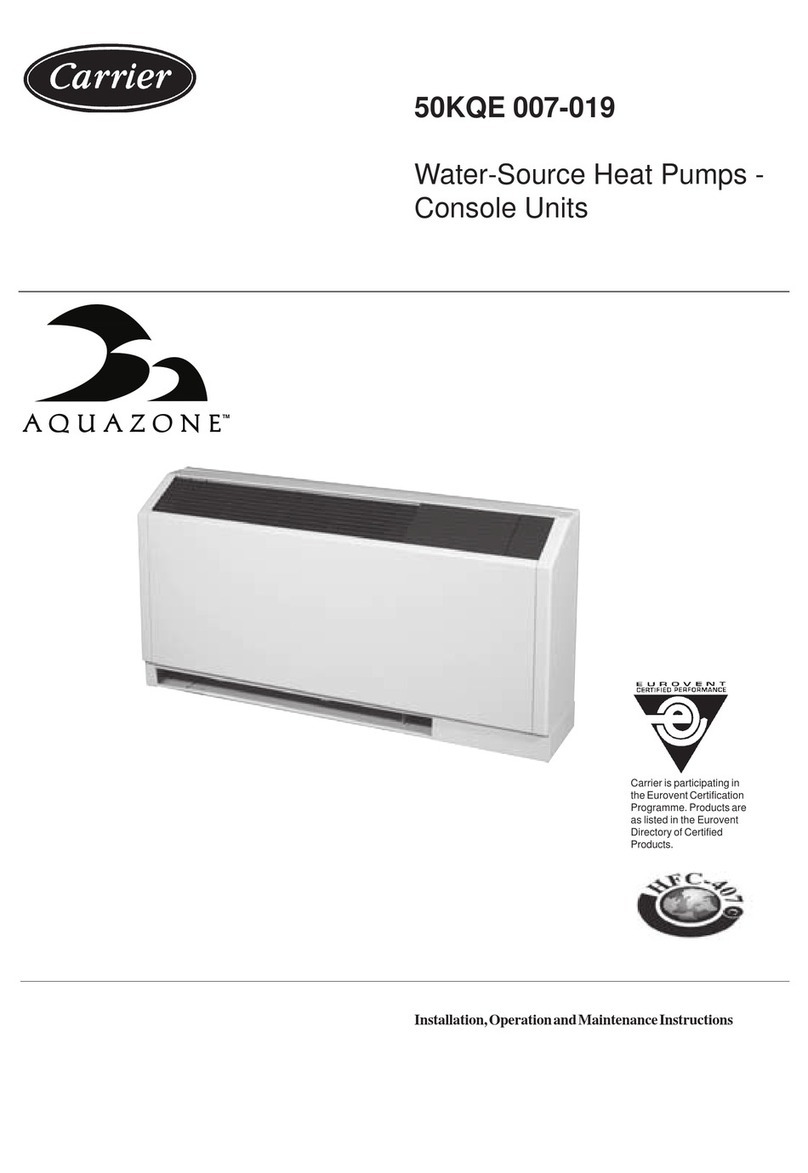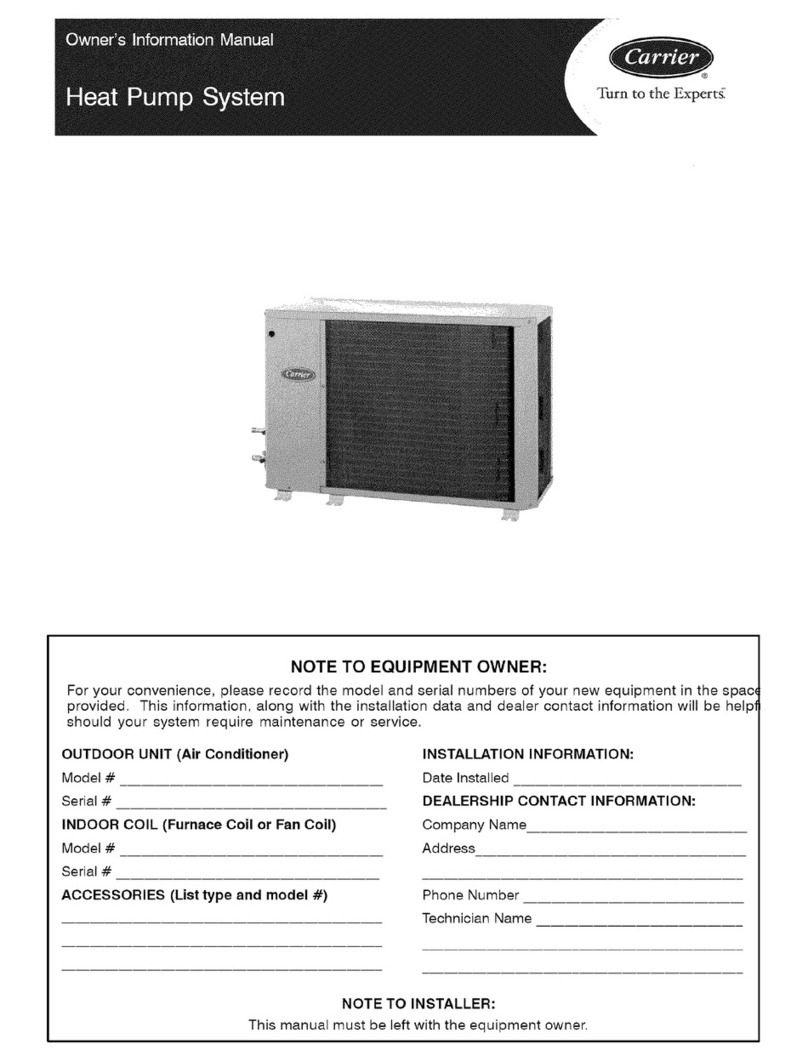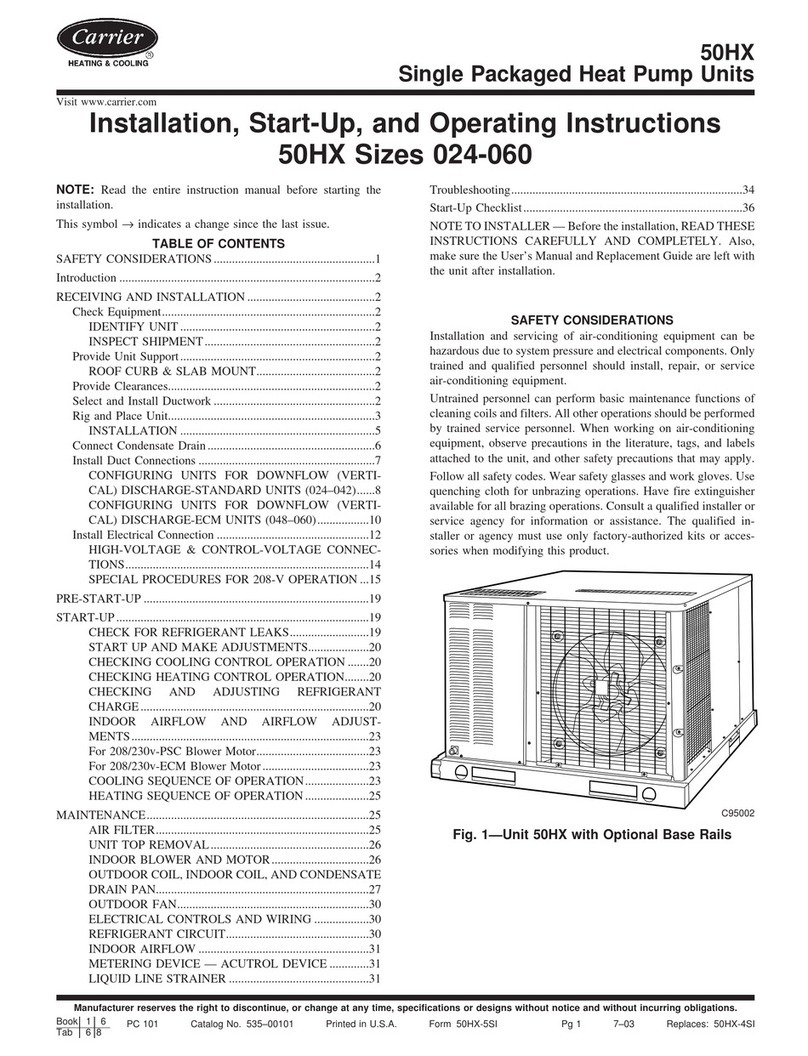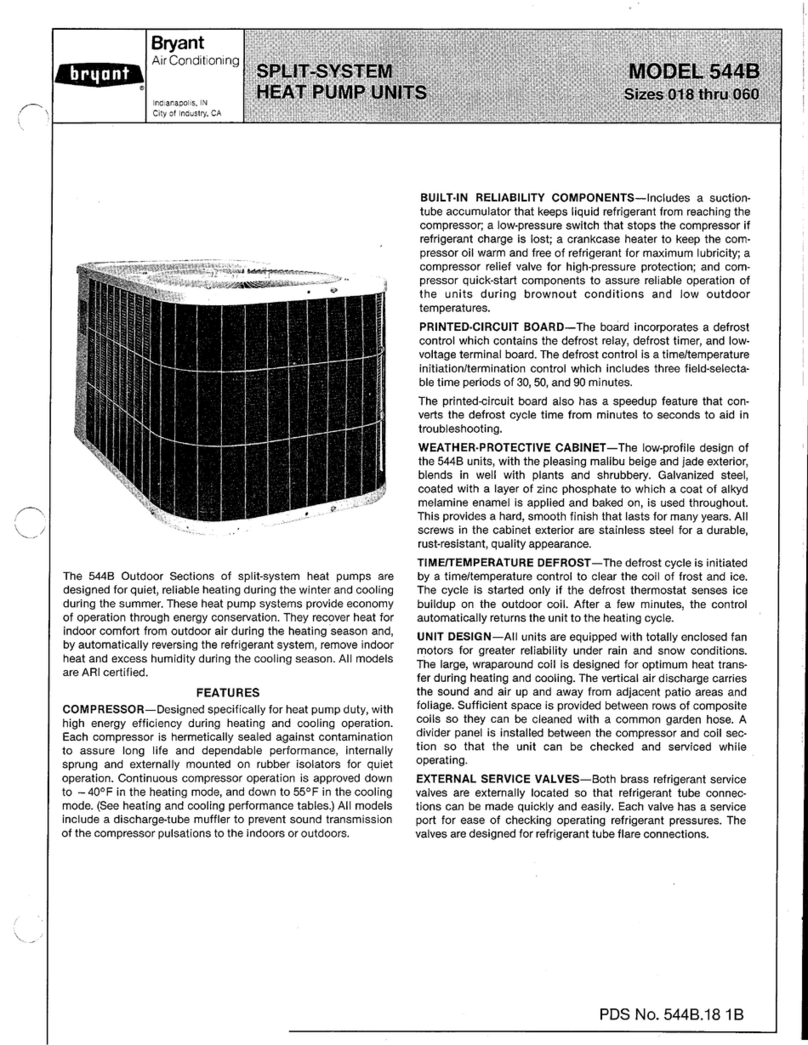Carrier Performance 38QRR036300 User manual
Other Carrier Heat Pump manuals
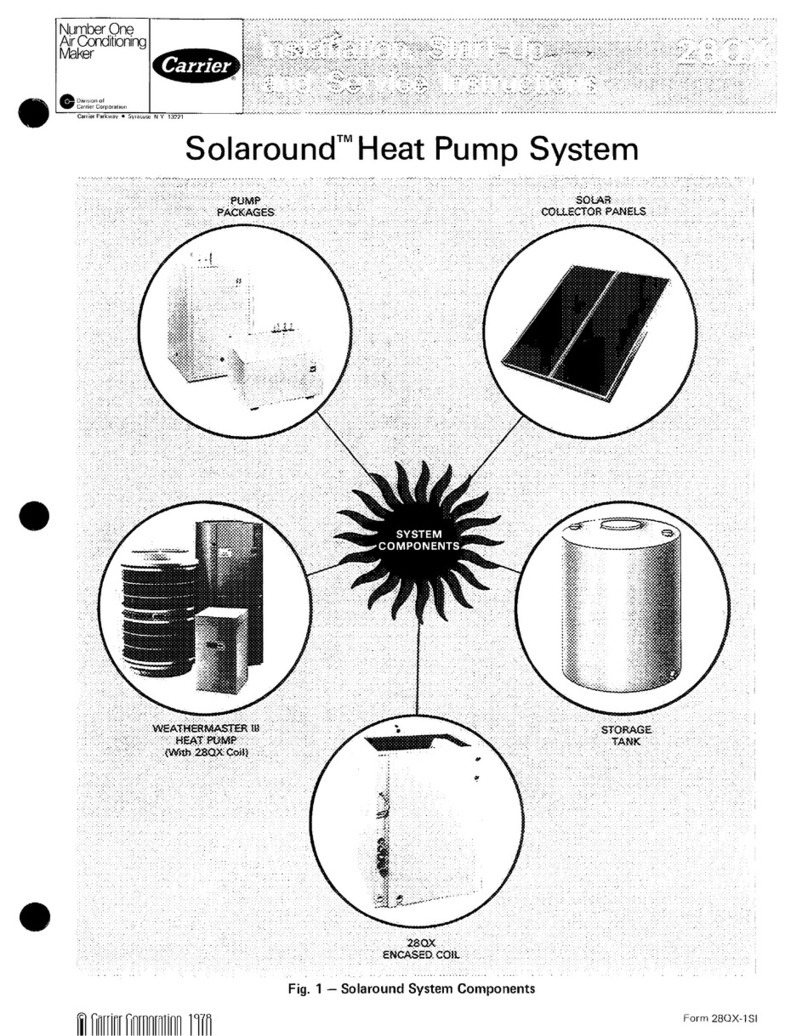
Carrier
Carrier SOLAROUND 28QX Quick guide

Carrier
Carrier Bryant Evolution Extreme 186CNV User manual
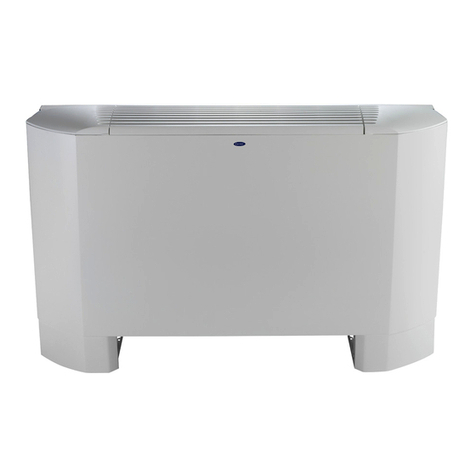
Carrier
Carrier 42n User manual

Carrier
Carrier Comfort 50VT-K User manual
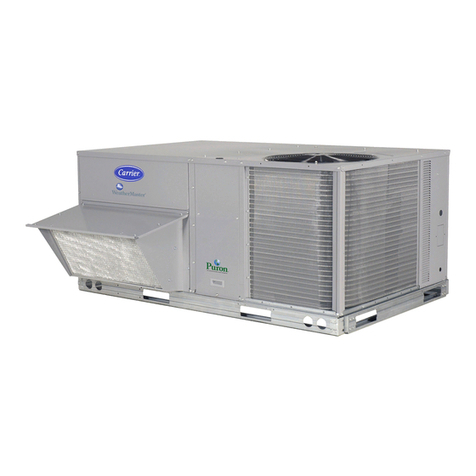
Carrier
Carrier 50HCQ04---12 Installation and user guide
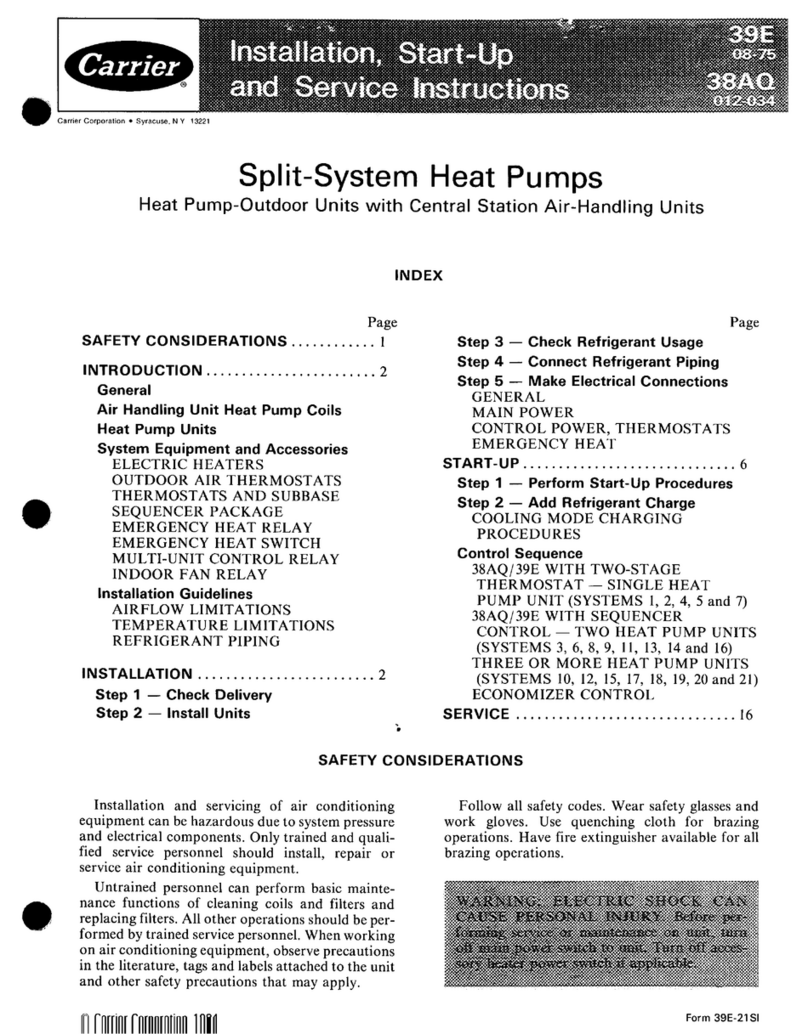
Carrier
Carrier 39E Dimensions and installation guide

Carrier
Carrier WEATHERMASTER 50HJQ016 Dimensions and installation guide

Carrier
Carrier 50ZH Series Operation manual
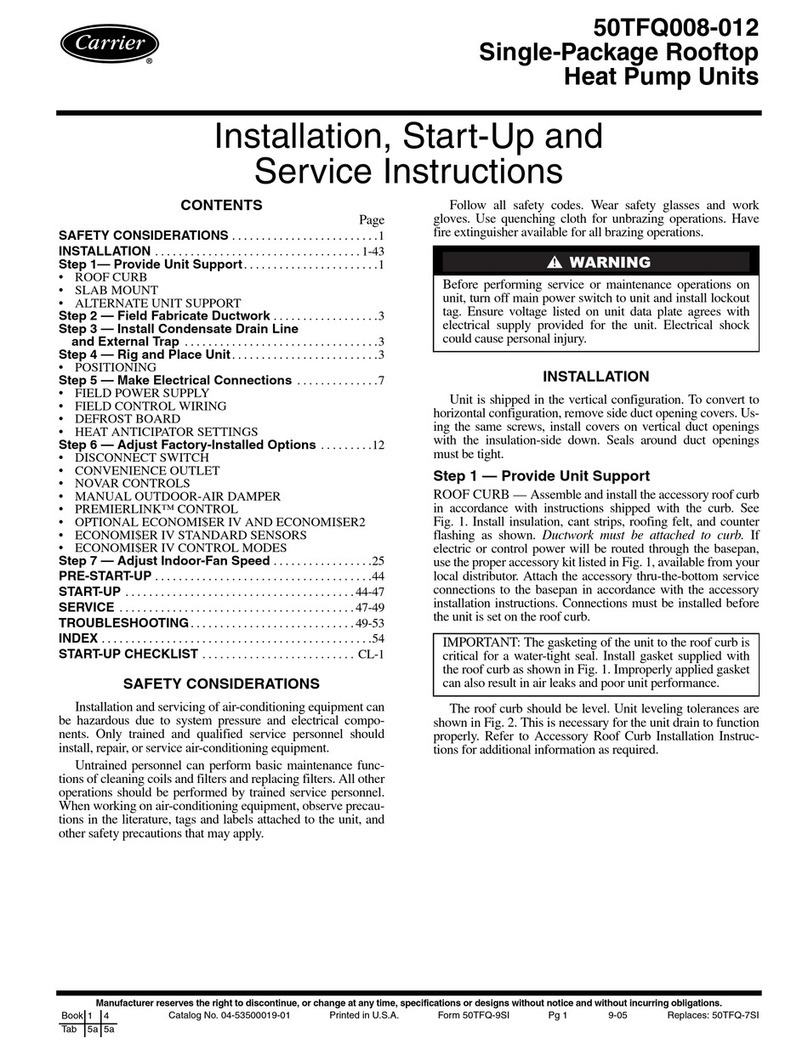
Carrier
Carrier 50TFQ008-012 Dimensions and installation guide

Carrier
Carrier 38QW User manual

Carrier
Carrier AQUAZONE 50PCH Dimensions and installation guide
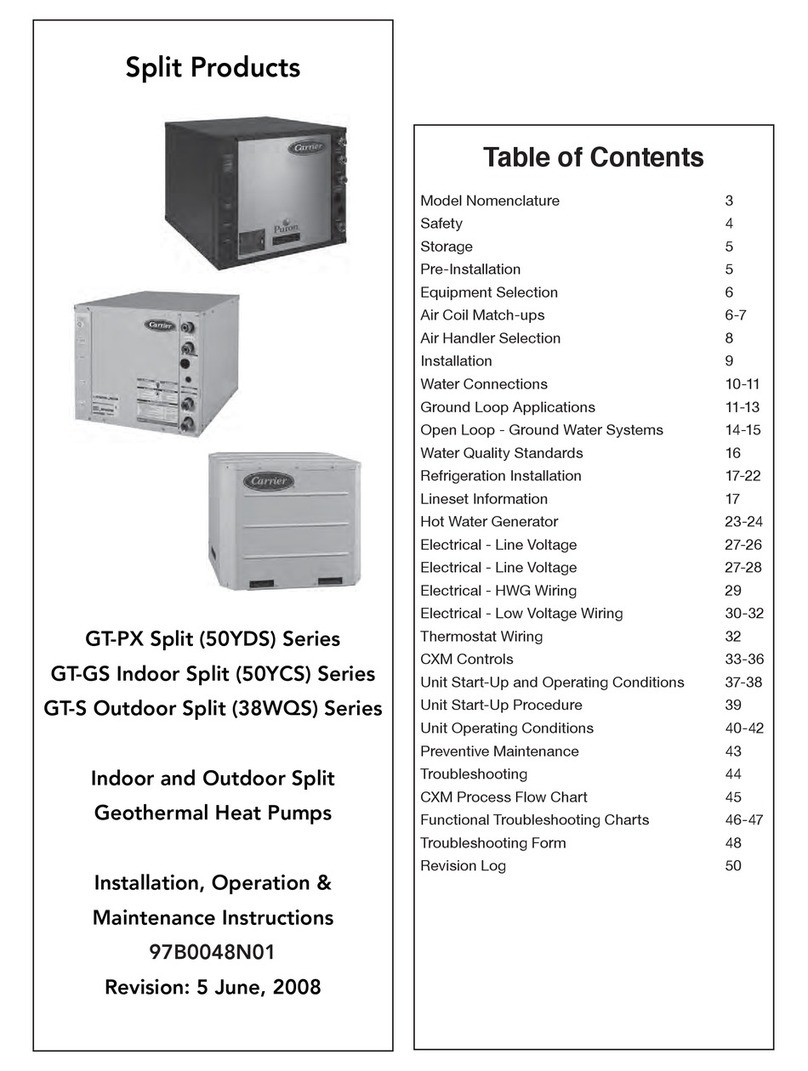
Carrier
Carrier GT-PX Split Series Guide
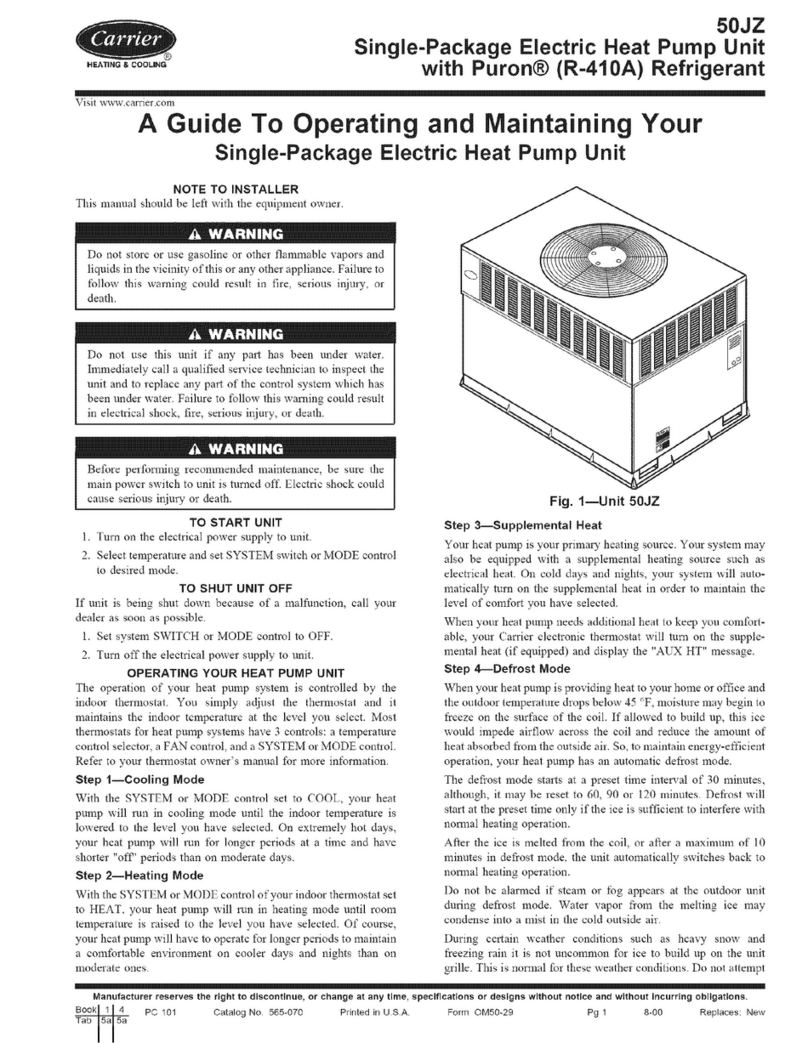
Carrier
Carrier 50JZ 024-060 Assembly Instructions
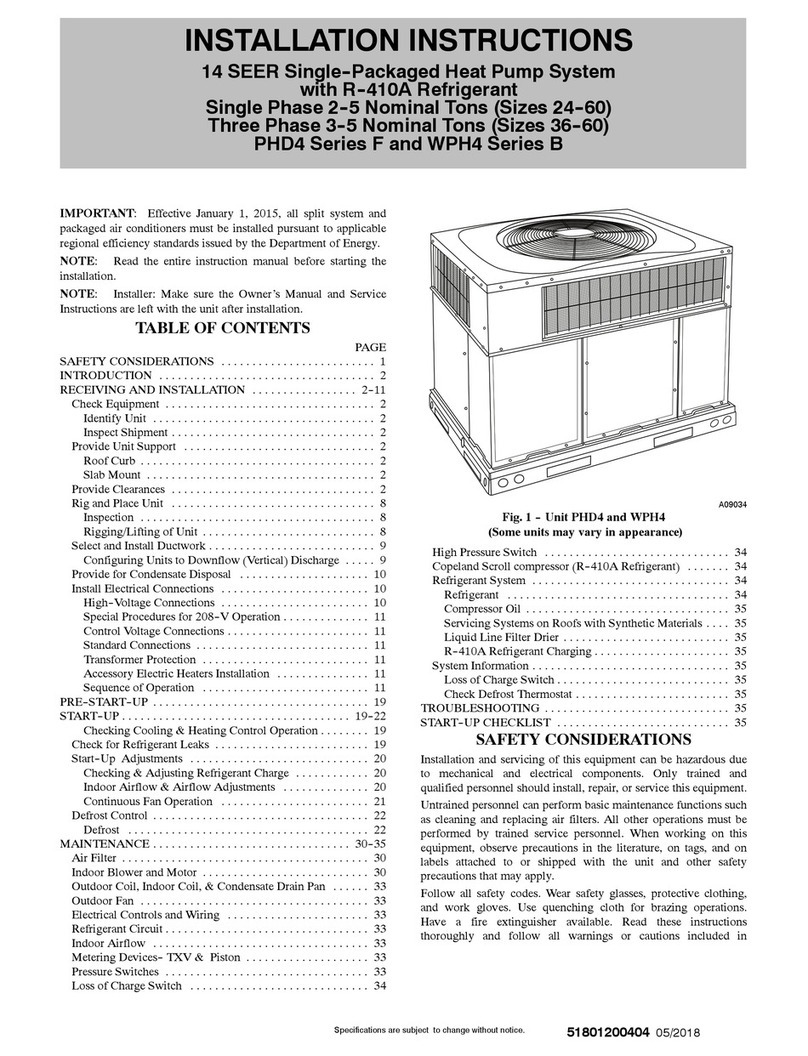
Carrier
Carrier PHD4 F Series User manual

Carrier
Carrier 30ZQ024-G Installation manual

Carrier
Carrier 50YDV Manual

Carrier
Carrier Weathermaster III 38TQ Manual
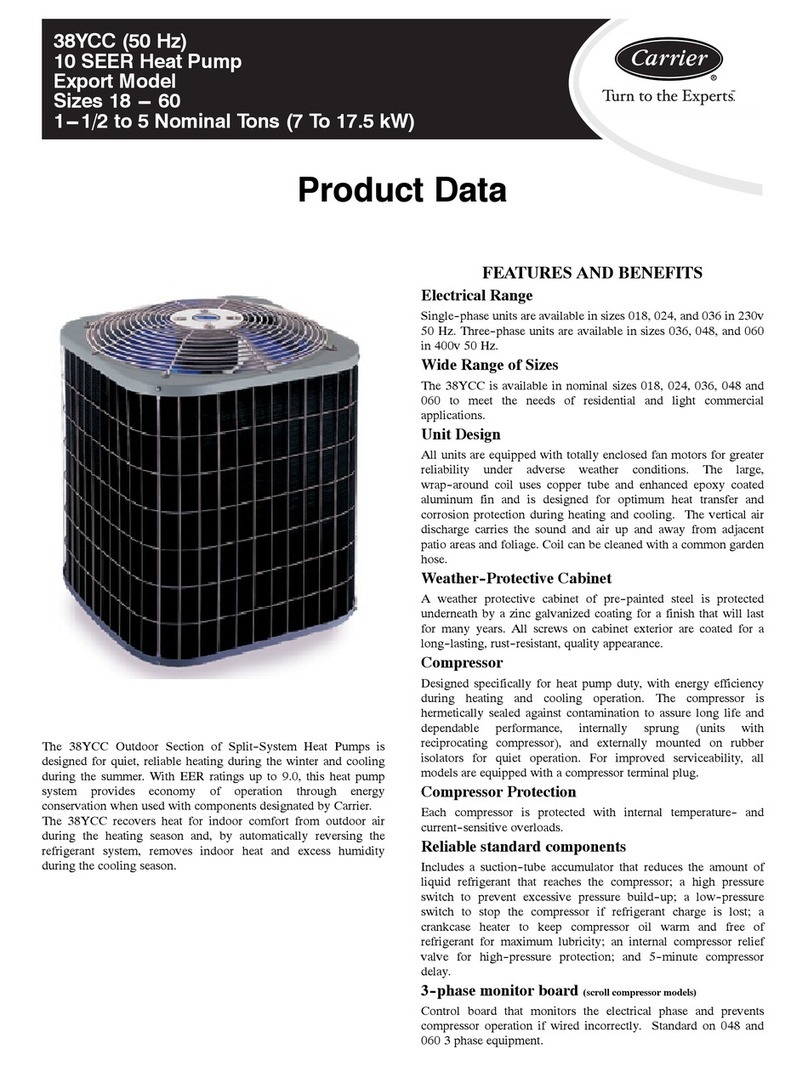
Carrier
Carrier 38YCC Series Operation manual
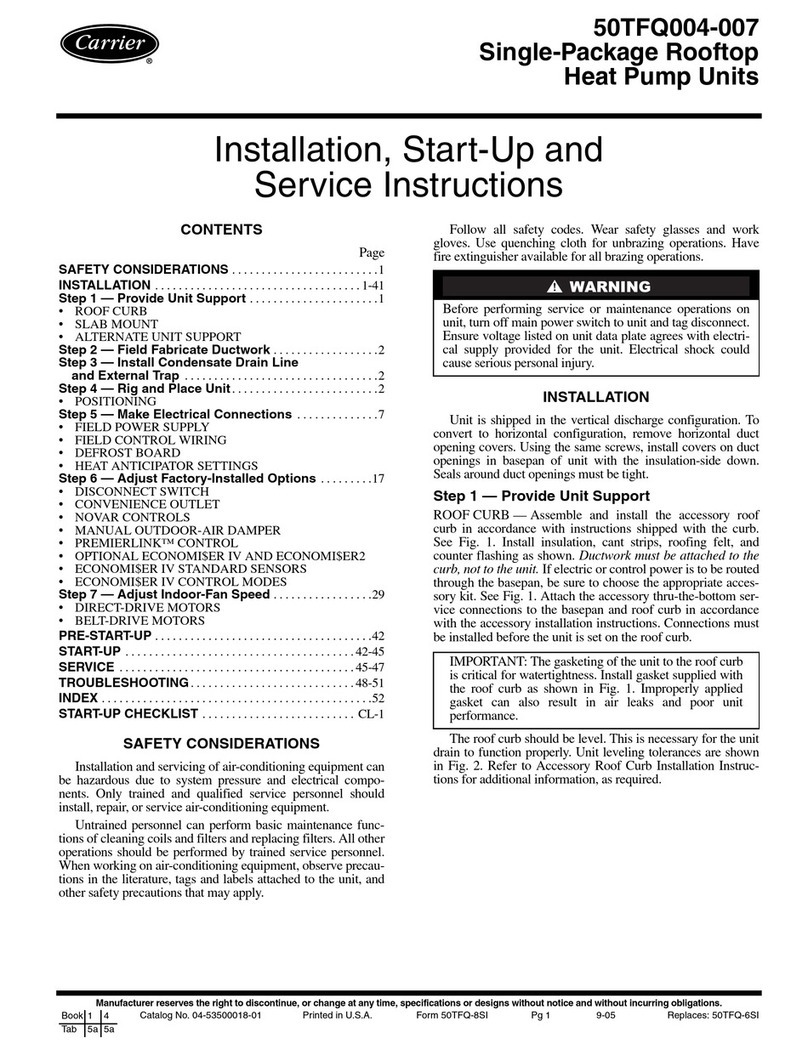
Carrier
Carrier WEATHERMAKER 50TFQ004 Dimensions and installation guide
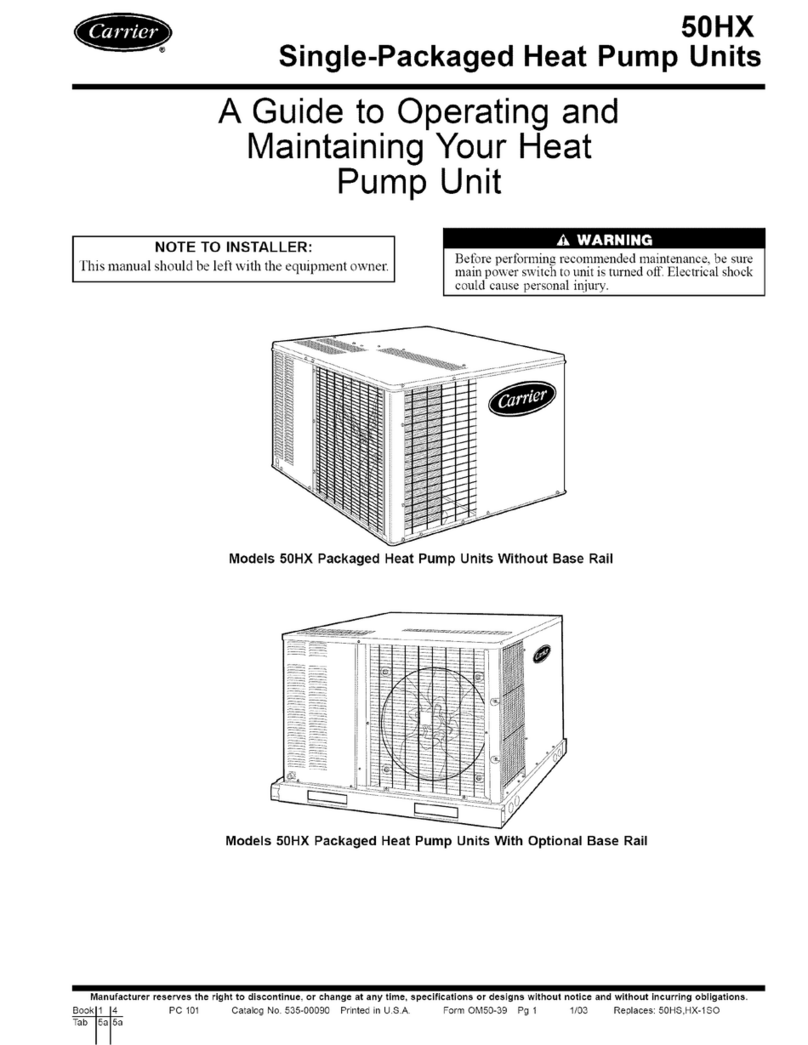
Carrier
Carrier 50HX Guide User manual
Popular Heat Pump manuals by other brands

Mitsubishi Electric
Mitsubishi Electric PUZ-SWM60VAA Service manual

Dimplex
Dimplex LI 16I-TUR Installation and operating instruction

TGM
TGM CTV14CN018A Technical manual

Kokido
Kokido K2O K880BX/EU Owner's manual & installation guide

Viessmann
Viessmann VITOCAL 300-G PRO Type BW 2150 Installation and service instructions

Viessmann
Viessmann KWT Vitocal 350-G Pro Series Installation and service instructions for contractors
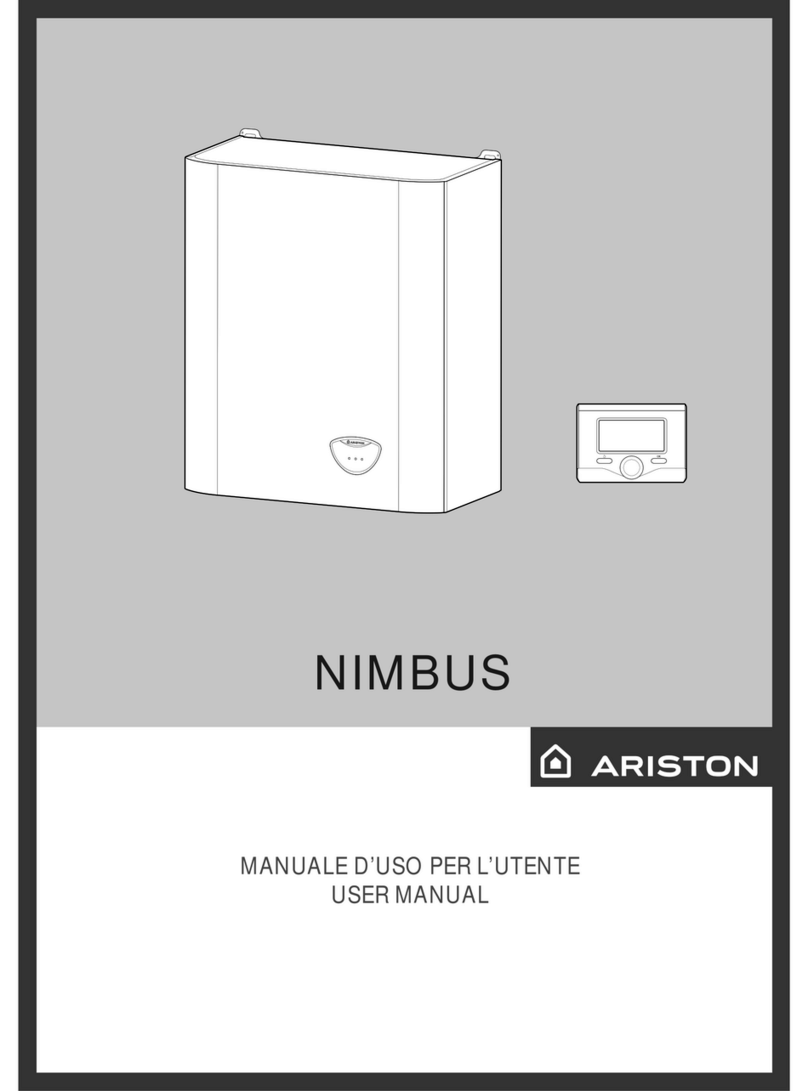
Ariston
Ariston NIMBUS user manual

Weishaupt
Weishaupt WWP L 7 Installation and operating instruction
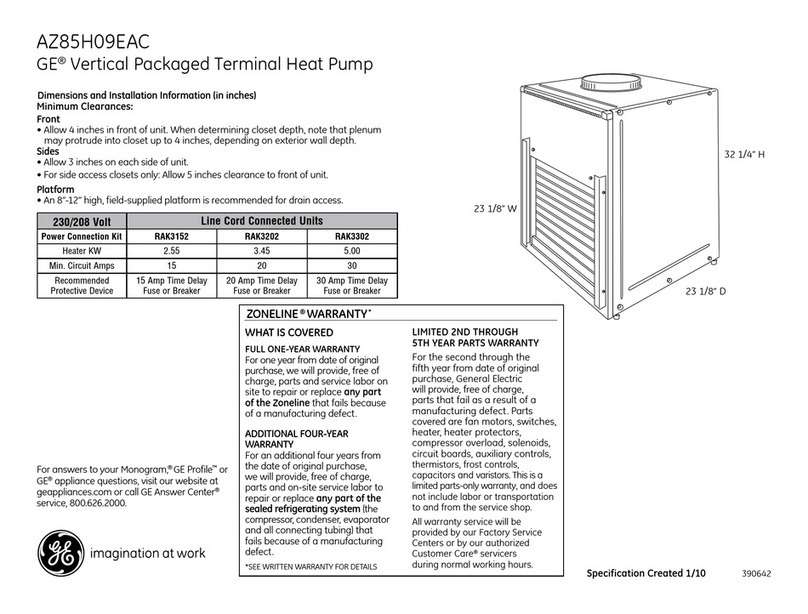
GE
GE Zoneline AZ85H09EAC datasheet
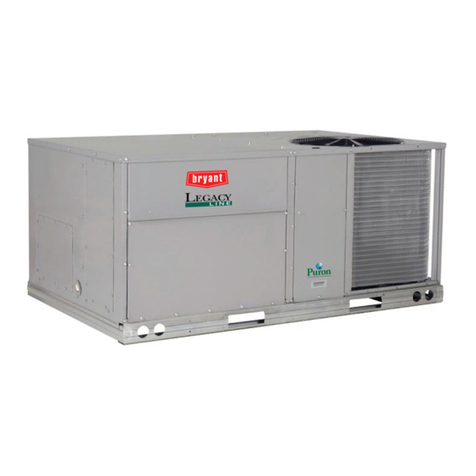
Bryant
Bryant Preferred Series installation instructions

Daikin
Daikin altherma EJHA04AAV3 installation manual
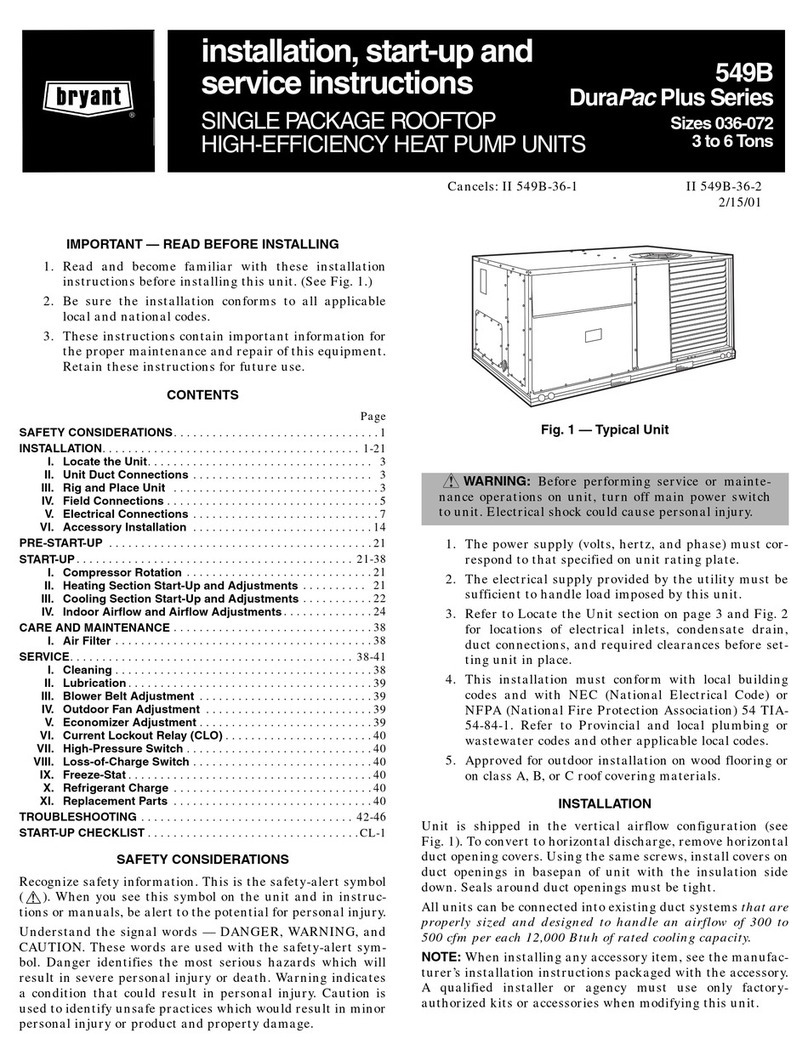
Bryant
Bryant 549B Series Installation, Start-Up and Service Instructions
